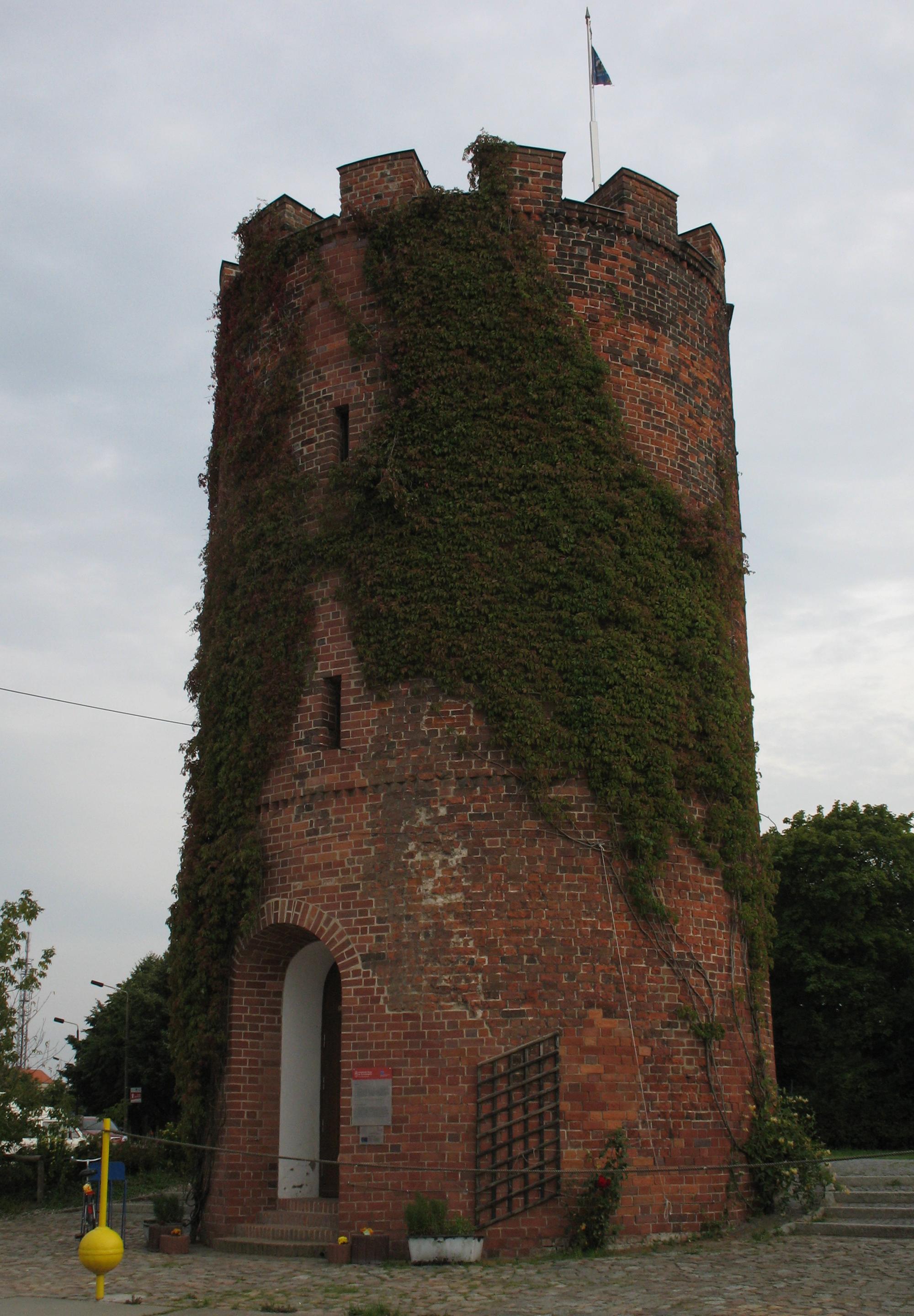|
Neogoezia
''Neogoezia'' is a genus of flowering plants belonging to the family Apiaceae. It is native to Mexico. The genus name of ''Neogoezia'' is in honour of Edmund Goeze (1838–1929), a German gardener and botanist. He was a botanical museum director in Coimbra, Portugal and also botanical garden inspector in Greifswald Greifswald (), officially the University and Hanseatic City of Greifswald (, Low German: ''Griepswoold'') is the fourth-largest city in the German state of Mecklenburg-Western Pomerania after Rostock, Schwerin and Neubrandenburg. In 2021 it surpa .... It was first described and published in Bull. Misc. Inform. Kew 1894 on page 354 in 1894. Known species According to Kew: *'' Neogoezia breedlovei'' *'' Neogoezia gracilipes'' *'' Neogoezia macvaughii'' *'' Neogoezia minor'' *'' Neogoezia planipetala'' References {{Taxonbar, from=Q10336233 Apioideae Plants described in 1894 Flora of Mexico Apioideae genera Taxa named by William Hemsley (botanist) ... [...More Info...] [...Related Items...] OR: [Wikipedia] [Google] [Baidu] |
Apioideae
This is a list of genera belonging to the family Apiaceae. It contains all the genera listed by Plants of the World Online (PoWO) . A few extra genus names are included that PoWO regards as synonyms. Unless otherwise indicated, the placement of genera into sub-taxa is based on the taxonomy used by the Germplasm Resources Information Network (GRIN). "Not assigned" means either that the genus is unplaced in GRIN or that it is not listed by GRIN. Not assigned to a subfamily In a 2021 molecular phylogenetic study, the ''Platysace'' clade and the genera ''Klotzschia'' and ''Hermas'' fell outside the four subfamilies. It has been suggested that they could be placed in subfamilies of their own. *'' Hermas'' *'' Klotzschia'' *'' Platysace'' ;Others *'' Actinanthus'' *'' Adenosciadium'' *'' Agasyllis'' *'' Angoseseli'' *'' Apodicarpum'' *'' Asciadium'' *'' Austropeucedanum'' *'' Brachyscias'' *'' Caropodium'' *'' Caropsis'' *''Chaetosciadium'' *'' Dactylaea'' *'' Dethawi ... [...More Info...] [...Related Items...] OR: [Wikipedia] [Google] [Baidu] |
Flowering Plant
Flowering plants are plants that bear flowers and fruits, and form the clade Angiospermae (). The term angiosperm is derived from the Ancient Greek, Greek words (; 'container, vessel') and (; 'seed'), meaning that the seeds are enclosed within a fruit. The group was formerly called Magnoliophyta. Angiosperms are by far the most diverse group of Embryophyte, land plants with 64 Order (biology), orders, 416 Family (biology), families, approximately 13,000 known Genus, genera and 300,000 known species. They include all forbs (flowering plants without a woody Plant stem, stem), grasses and grass-like plants, a vast majority of broad-leaved trees, shrubs and vines, and most aquatic plants. Angiosperms are distinguished from the other major seed plant clade, the gymnosperms, by having flowers, xylem consisting of vessel elements instead of tracheids, endosperm within their seeds, and fruits that completely envelop the seeds. The ancestors of flowering plants diverged from the commo ... [...More Info...] [...Related Items...] OR: [Wikipedia] [Google] [Baidu] |
Apiaceae
Apiaceae () or Umbelliferae is a family of mostly aromatic flowering plants named after the type genus ''Apium,'' and commonly known as the celery, carrot, or parsley family, or simply as umbellifers. It is the 16th-largest family of flowering plants, with more than 3,800 species in about 446 genus, genera,Stevens, P.F. (2001 onwards).APIACEAE Lindley, nom. cons. ''Angiosperm Phylogeny Website''. Retrieved 16 December 2022. including such well-known, and economically important plants as ajwain, angelica, anise, Ferula assa-foetida, asafoetida, caraway, carrot, celery, chervil, coriander, cumin, dill, fennel, lovage, cow parsley, parsley, parsnip and Eryngium maritimum, sea holly, as well as Silphium (antiquity), silphium, a plant whose exact identity is unclear and which may be extinct. The family Apiaceae includes a significant number of phototoxic species, such as giant hogweed, and a smaller number of highly poisonous species, such as Conium maculatum, poison hemlock, Cicuta, ... [...More Info...] [...Related Items...] OR: [Wikipedia] [Google] [Baidu] |
Coimbra
Coimbra (, also , , or ), officially the City of Coimbra (), is a city and a concelho, municipality in Portugal. The population of the municipality at the 2021 census was 140,796, in an area of . The fourth-largest agglomerated urban area in Portugal after Lisbon Metropolitan Area, Lisbon, Porto Metropolitan Area, Porto, and Braga, it is the largest city of the Coimbra (district), district of Coimbra and the Centro Region, Portugal, Centro Region. About 460,000 people live in the Região de Coimbra, comprising 19 municipalities and extending into an area of . Among the many archaeological structures dating back to the Roman Empire, Roman era, when Coimbra was the settlement of Aeminium, are its well-preserved aqueduct (watercourse), aqueduct and cryptoporticus. Similarly, buildings from the period when Coimbra was the capital of Portugal (from 1131 to 1255) still remain. During the late Middle Ages, with its decline as the political centre of the Kingdom of Portugal, Coimbra beg ... [...More Info...] [...Related Items...] OR: [Wikipedia] [Google] [Baidu] |
Greifswald
Greifswald (), officially the University and Hanseatic City of Greifswald (, Low German: ''Griepswoold'') is the fourth-largest city in the German state of Mecklenburg-Western Pomerania after Rostock, Schwerin and Neubrandenburg. In 2021 it surpassed Stralsund for the first time, and became the largest city in the Pomeranian part of the state. It sits on the River Ryck, at its mouth into the Danish Wiek, a sub-bay of the Bay of Greifswald, which is itself a sub-bay of the Bay of Pomerania of the Baltic Sea. It is the seat of the district of Vorpommern-Greifswald, Western Pomerania-Greifswald, and is located roughly in the middle between the two largest Pomeranian islands of Rügen and Usedom. The closest larger cities are Stralsund, Rostock, Szczecin and Schwerin. It lies west of the River Zarow, the historical cultural and linguistic boundary between West (west of the river) and Central Pomerania (east of the river). The city derives its name from the dukes of Pomerania, the Hous ... [...More Info...] [...Related Items...] OR: [Wikipedia] [Google] [Baidu] |

